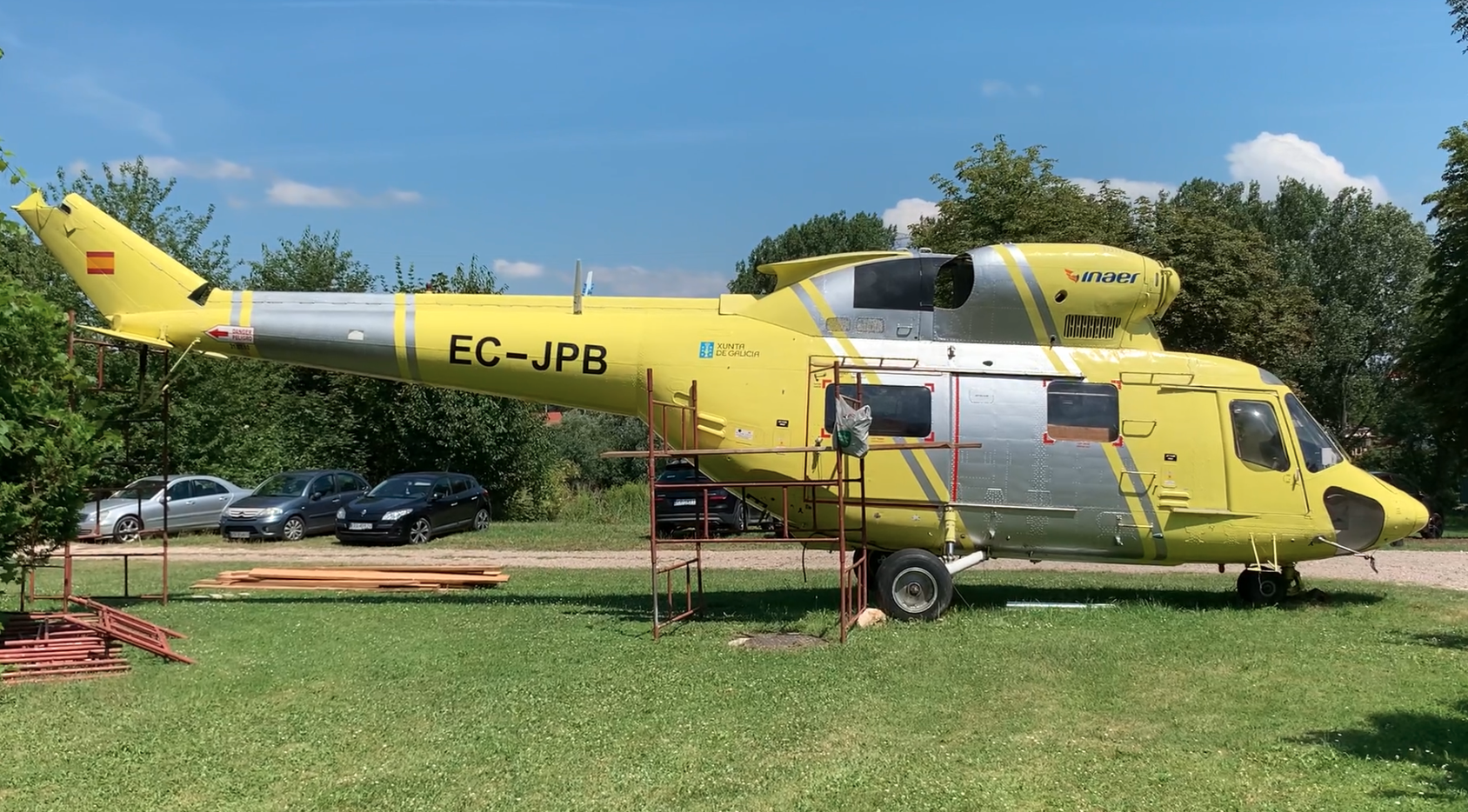Category: Articles
-

Museum in Tomaszowice near Krakow. 2024
Kraków 01-08-2024 Geographical coordinates: 50.135N 19.842E. Museum in Tomaszowice near Krakow. 2024 The Tomaszowice Rescue Museum has been enriched with another aircraft; a PZL W-3 AS Sokół rescue helicopter. The exhibit has travelled a long way from the Canary Islands to Tomaszowice. The helicopter is a gift from the manufacturer, the PZL Świdnik factory, to…
-
SP-102S Solar Airport Lamp. S4GA company. 2024
S4GA is a leading manufacturer of airport lighting in the world. It is also the only company that designs and manufactures solar (photovoltaic) airport lighting for permanent applications. Today (2024), S4GA distributes its solar runway lighting on a global scale. Thanks to this, S4GA was recognized as a reliable and promising partner.
-
Aero engines – Inline and supercharging engines – Part 6
Description for the picture: M-34 engine by CCCP, 1933, V-type, 12-cylinder, maximum power 850 HP at 1,800 rpm, capacity 45.8 liters, compression ratio 6.0: 1, engine weight 582 kg. The disadvantage of the engine is its heavy weight, so it was only suitable for propelling large aircraft. The M-34 engines powered, among others, Tupolev TB-3…
-
Aero Engines – Inline Engines – Part 5
Description to the photo: The SPA-6A engine is an in-line, 6-cylinder engine, 150 HP at 1,600 rpm, capacity 14.6 liters, engine weight 255 kg. The engine was built at the Societe Piemontese Automobili plant in Turin. These engines were also produced by the Breda company. These engines were installed on the following airplanes: SVA.4, SVA.5,…
-
Aero-engines – Powered-lifters – Part 25
The Rolls Royce Pegasus engine is one of the most remarkable turbojets in aviation history. The Rolls-Royce Pegasus, formerly the Bristol Siddeley Pegasus, is a turbo-fan engine designed by Bristol Siddeley. The engine was specially designed for the combat aircraft that eventually became the Harrier.
-
Aircraft Engines – Gas Turbine – Part 13
Since a turbojet engine is a heat engine, all the laws of thermodynamics apply to it. The engine starts with an air gulp and an air intake duct. Its length and diameter are different and depend on the parameters of the turbojet engine and the speed achieved by the aircraft. The air intake is usually…
-
Aircraft Engines – Gas Turbines – Part 12
Description to the photo: The Lis-2 engine built by WSK Rzeszów, under the license of the Soviet WK-1A engine, which in turn was a copy of the Rolls-Royce RB.37 Derwent engine, created by Frank Whittle.
-
Aircraft Engines – Geared Turbofan – Part 23
Work on turbo-fan engines with a gearbox resumed at the turn of the century. There were several reasons for this decision. First; Such an engine, despite the use of a transmission, has a lower mass in terms of mass-thrust ratio. Secondly; has lower fuel consumption. Thirdly; emits fewer harmful chemicals into the atmosphere. Fourthly; emits…
-
Aircraft engines – Inline engines in Poland until 1939. – Part 7
The Lorraine-Dietrich 12 engine was the first in-line engine built in the Reborn Republic of Poland. Department IV of Air Navigation decided to undertake licensing purchases. To begin with, a license was purchased from French Lorraine-Dietrich engines with 400 HP and 450 HP. In December 1926, an agreement was signed between Skoda Polska and the…
-
Aircraft engines – Reciprocating engines in Poland after 1944. – Part 8
After World War II, the development of medium and high-power piston engines was practically stopped. Only low-power internal combustion engines remained in development. This was due to the revolutionary development of turbojet engines, followed closely by turboprop engines. Unfortunately, the Polish Aviation Industry has practically dropped out of the world leaders. As a country influenced…
